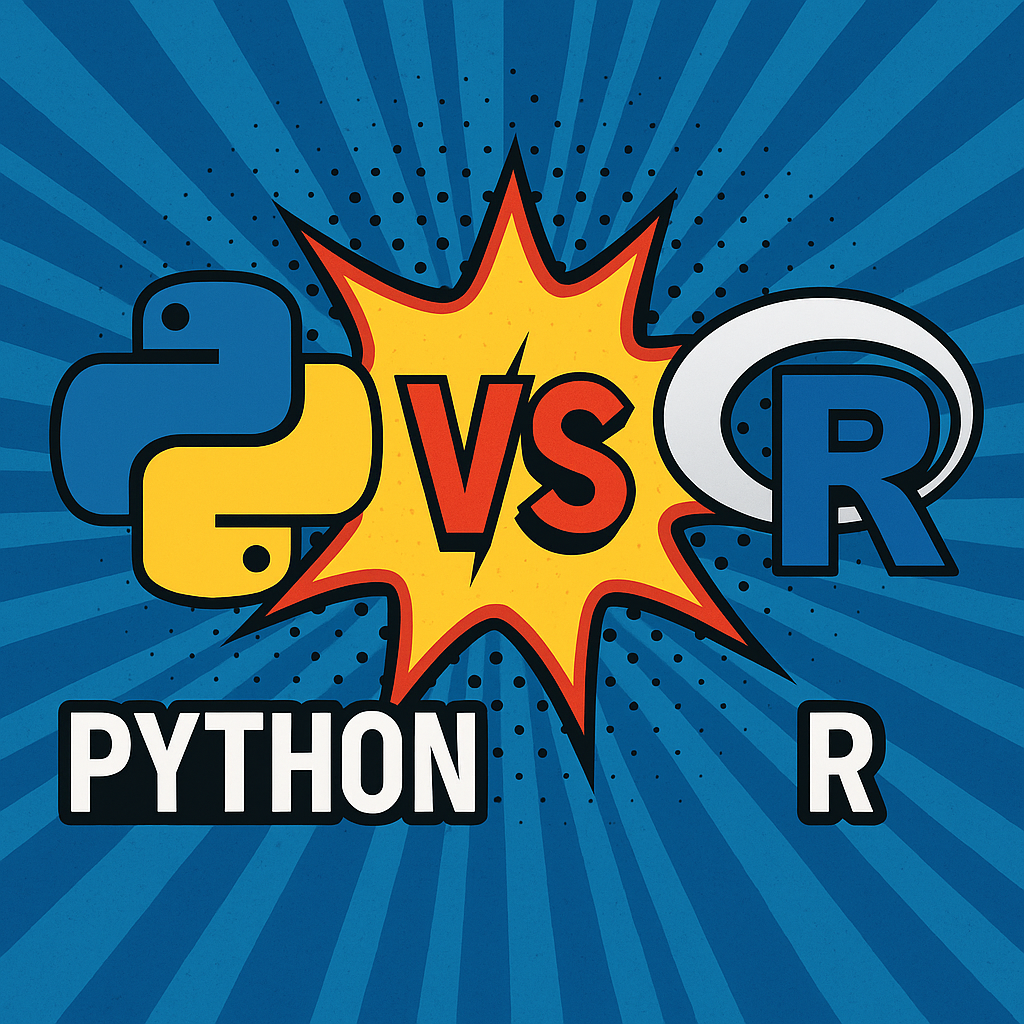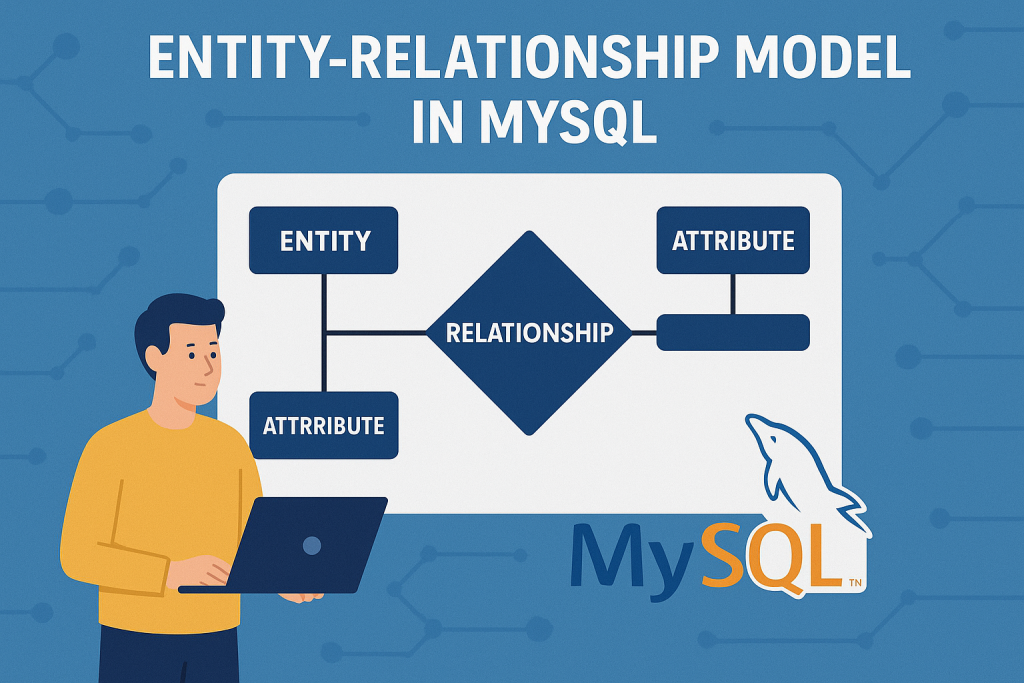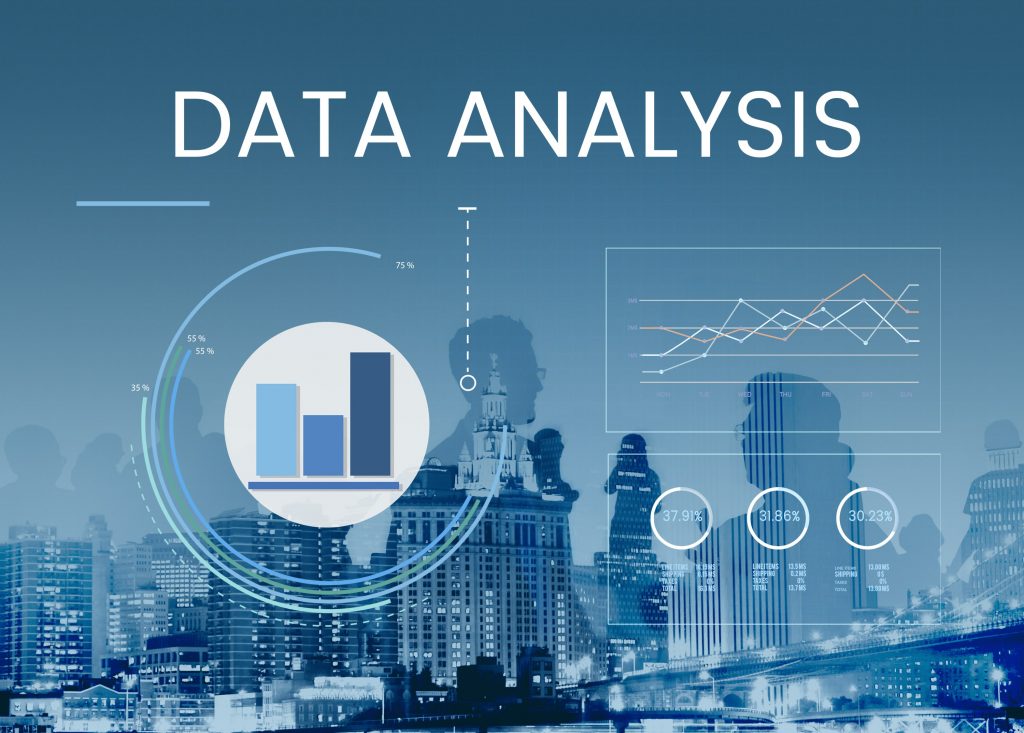Python vs R: Know The Difference
The world is moving towards the next technological wonder with Data Science and Artificial Intelligence leading the way. If you’re aware of this world, then you know about the two programming languages that are always a matter of interest and debate: Python and R.
Python
An interpreted, high-level object-oriented programming language with simple, readable syntax. Python comes with built-in data structures and powerful libraries for data science like Scikit-learn, TensorFlow, and Pandas.
Advantages
- Versatility: Supports multiple programming paradigms
- Open Source: Free with active community support
- Libraries: Extensive collection for data science
- Productivity: Great integration capabilities
- Embeddable: Can integrate with other languages
Disadvantages
- Speed: Slower than compiled languages
- Mobile: Weak for Android/iOS development
- Memory: High RAM consumption
- Database: Underdeveloped access layers
- Threading: Limited by Global Interpreter Lock
R
A programming language for statistical computing and graphics. R comes with a wide range of statistical techniques and excels at data visualization with packages like ggplot2 and plotly.
Advantages
- Open Source: Free to use and modify
- Platform Independent: Works on all OS
- Data Wrangling: Excellent for messy data
- Visualization: Creates publication-quality graphs
- Packages: Strong in statistics and ML
Disadvantages
- Memory: High consumption
- Security: Lacks basic security features
- Learning Curve: Difficult for beginners
- Speed: Slower than Python/MATLAB
- Data Handling: Challenging for big data
Python vs R: Full Comparison
| Feature | Python | R |
|---|---|---|
| Primary Use | General-purpose language for development | Statistical analysis and visualization |
| Production | Excellent for production environments | Not ideal for production |
| Machine Learning | Better for ML and deep learning | Fewer ML libraries |
| Syntax | Simple and easy to learn | Complex with steep learning curve |
| Statistics | Less powerful packages | Highly powerful statistical packages |
| Usage Context | Web app integration | Standalone computation |
| Development | Build applications from scratch | Solve complex math problems |
| IDEs | Jupyter, Spyder, PyCharm | RStudio, StatET |
| Popularity | More popular, vast user base | Less popular, used by researchers |
Key Differences
Python and R are both preferred languages in Data Science, but they serve different purposes:
- Focus: R excels in statistical analysis and visualization, while Python is more versatile for general development
- Performance: Python runs faster in most environments
- Production: Python integrates better with production environments
- Learning: Python is easier for beginners to learn
- Community: Python has a larger, more active community
Ultimately, the choice depends on your specific needs – R for advanced statistical work and visualization, Python for more general data science and production applications.



